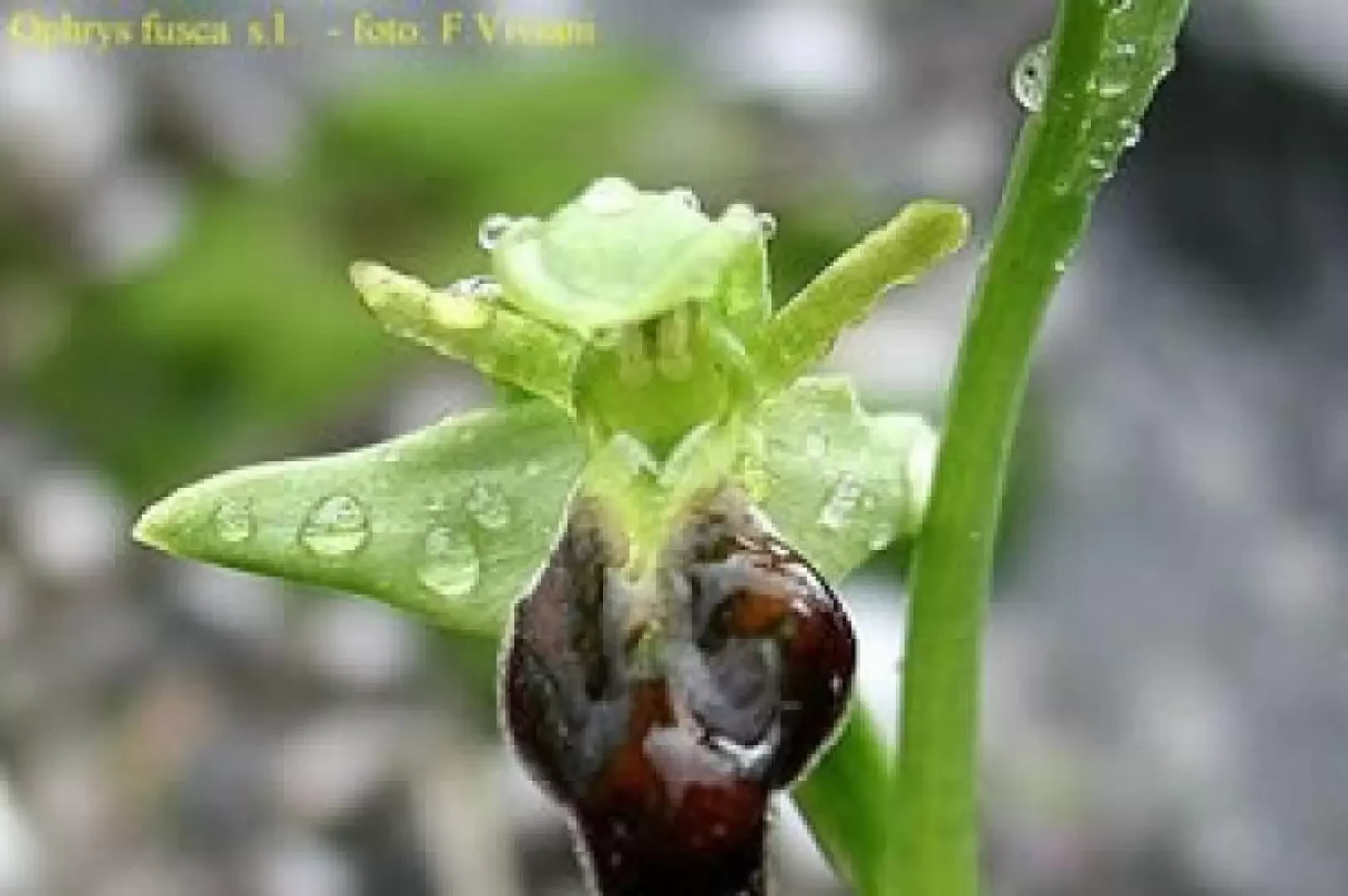
The different nature of the rocks - siliceous at the base and in the periphery, carbonate in the central part - produces the alternation of areas of dense vegetation with bare or almost bare areas. From the Mediterranean maquis, which covers the foothills facing the sea, we then move on to oak woods and mixed woods dominated by hornbeam (often transformed into chestnut woods), and finally to beech woods towards the thousand metres of altitude. The highest peaks, along the main watershed and in the secondary branches, are almost bare of tree vegetation. The rare high-altitude meadows and, more often, the limestone cliffs are home to a very rich flora with species of great geobotanical interest.
The different nature of the rocks - siliceous at the base and in the periphery, carbonate in the central part - produces the alternation of areas of dense vegetation with bare or almost bare areas. From the Mediterranean scrub, which covers the foothills facing the sea, we then move on to oak woods and mixed woods dominated by hornbeam (often transformed into chestnut woods), and finally to beech woods towards the thousand metres of altitude. The highest peaks, along the main watershed and in the secondary branches, are almost bare of tree vegetation. The rare high-altitude meadows and, more often, the limestone cliffs are home to a very rich flora with species of great geobotanical interest.
The fauna of the Apuan Alps no longer includes the large mammals of the relatively near past (bear, wolf, lynx, deer) with the exception of a few recently introduced herbivores (mouflon, wild goats, etc.). Today, a few species of bats (living in the depths of caves) and, among rodents, the small snow vole (Microtus nivalis) remain noteworthy. The ornithic population of these mountains includes, among its particularities, the coral chough (Pyrrhocorax pyrrhocorax), symbol of the Park, located on some peaks (Monte Corchia, Monte Sumbra, Monte Roccandagia), the golden eagle (Aquila chrysaëtos), present in the northern sector of the range (Equi-Pizzo d'Uccello), as well as the red partridge (Alectoris rufa), the mountain swallow (Hirundo rupestris), the mute (Prunella collaris), etc. Lastly, the herpetofauna shows outstanding emergencies, such as the spectacled salamander (Salamandrina terdigitata), the geotriton (Hydromanthes ambrosii) and the Apuan newt (Triturus alpestris apuanus).
The most relevant environmental problem in the Apuan Alps concerns the compatibility of mining activities with the protected area's protection and preservation purposes.
The approximately 300 quarries located in the contiguous area bordering the park are a presence of certain economic and historical-cultural value, but they subject the territory to serious dangers of landscape disfigurement and environmental degradation. This is not only because of the quantities of materials extracted (approximately 1.5 million tonnes of stone and more than 2 million tonnes of crushed stone are quarried each year), but also because of the negative effects they cause in the surrounding area, due to groundwater pollution and heavy vehicle traffic.
Related topics
- .
- [[Regional Park of the Apuan Alps]]